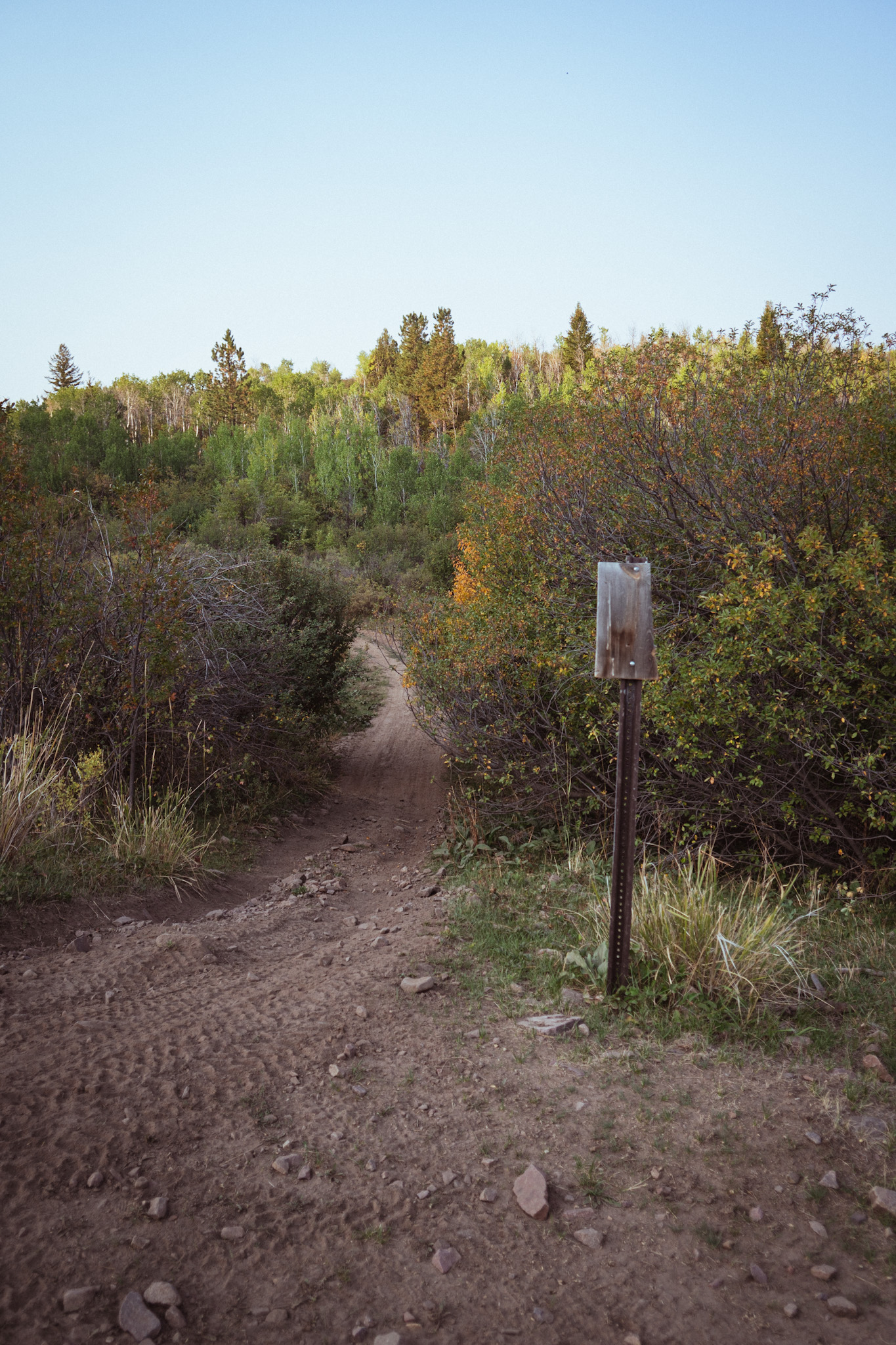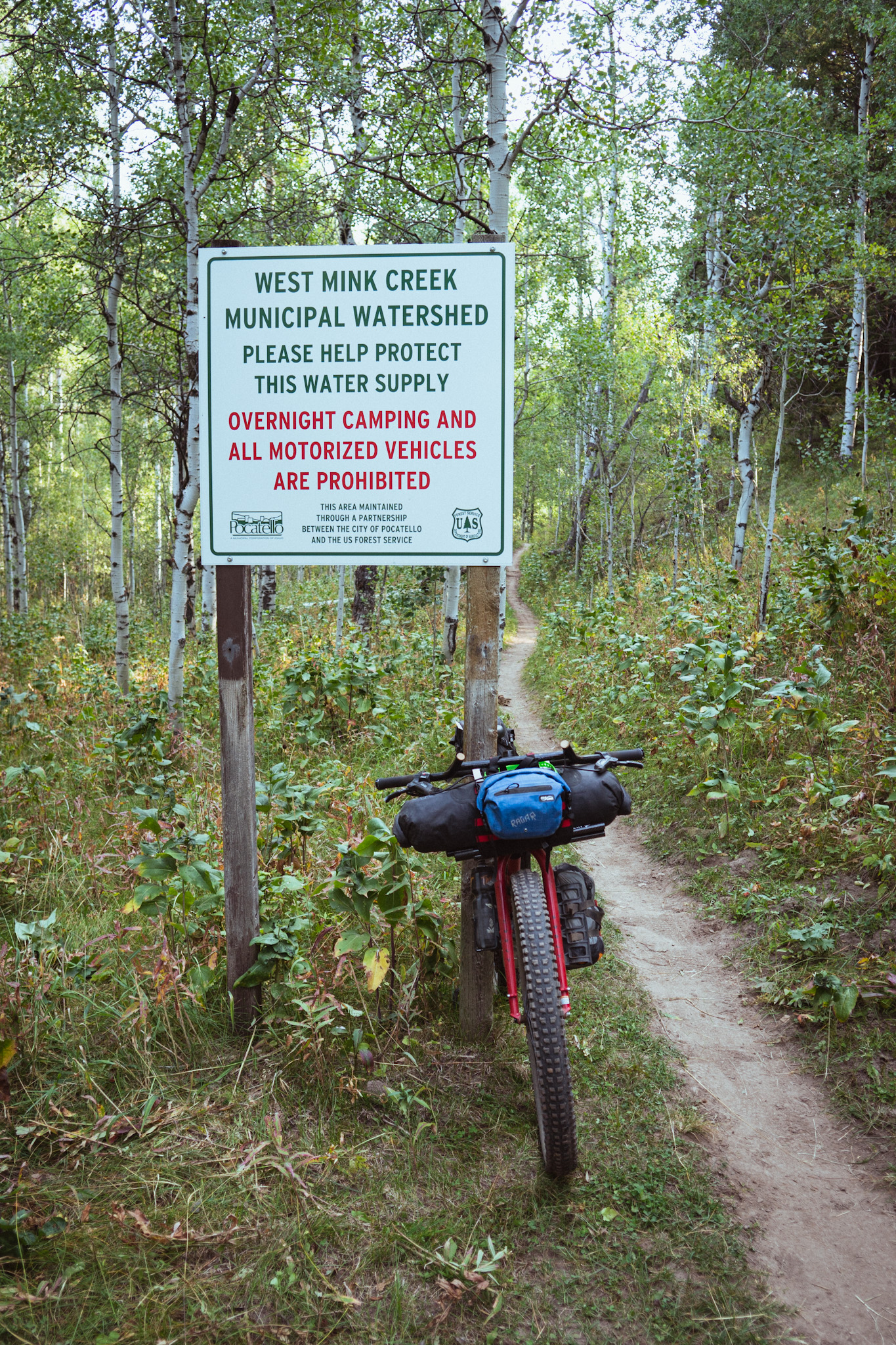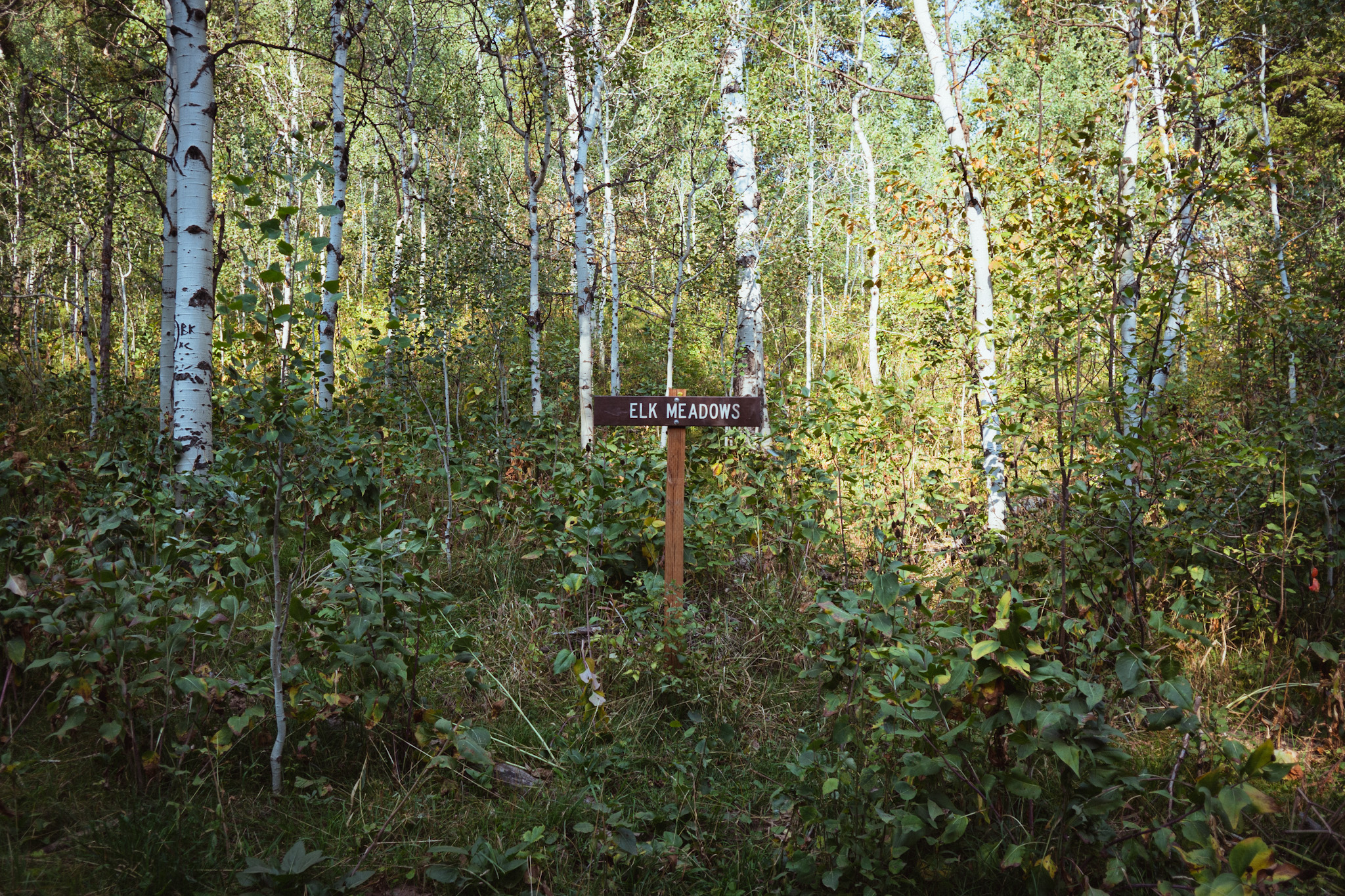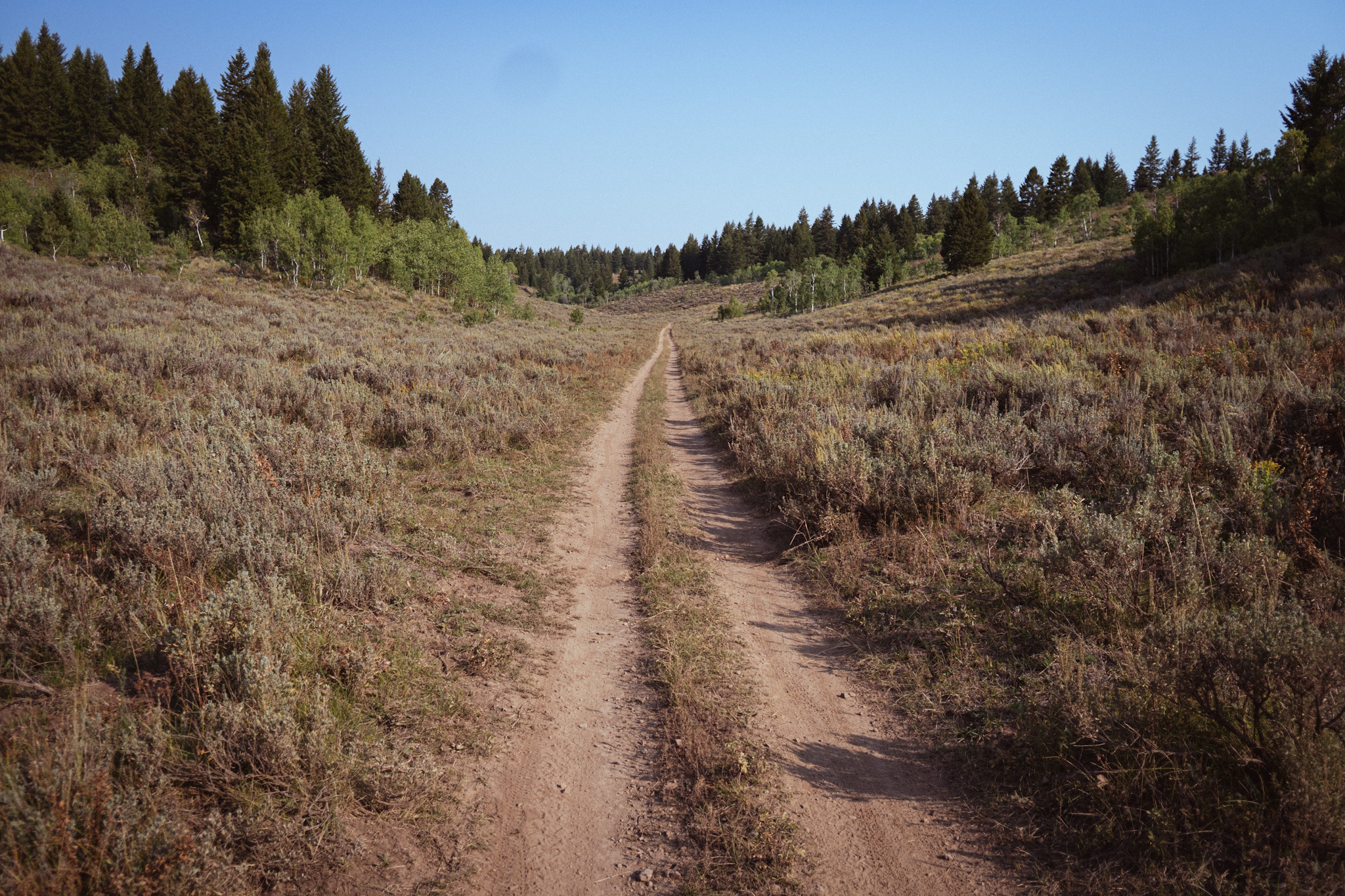a twist of fate and physics in Idaho

more thoughts from the bottom of a drought
On a bikepacking trip in Idaho I spent the better part of an afternoon thinking mostly of water and it’s absence. I started late in the day and peddled away from the trailhead with plans to stop for the night at one of the many creek crossings I’d marked on the map. Of course, they were all dry. So I kept riding. Soon the light began to fade. I wondered if I should retreat, avoiding what was supposed to be a three day loop. I switched on my headlamp and pushed onwards, committing myself further into the dry and dusty montane hills of southern Idaho. Slowly climbing in the darkness, a Dylan lyric emerged and repeated itself in my head with each pedal stroke:
“I’m not sleepy and there is nowhere I’m going to”.
I came upon some cattle parked on trail, and resigned myself to searching for a trough. A few more miles passed with nothing in sight, but the map indicted a spring—appropriately named “dead cow spring”—was close by. This time I struck gold. A rusty pipe had been stuffed into the ground by a farmer; from it trickled water. I pitched my tent and slept nearby.
While drifting off I thought about what a drought really means. Lake Mead had reached it’s lowest point on record this summer, and mount Shasta in California was entirely devoid of snow for the first time anyone could remember. In a twist of fate and physics, the geography of surface water is such that the mightiest flows are far removed from their sources and headwaters in the mountains. I fell asleep to aspen leaves rustling, already yellow, a landscape shaped by scarcity.
The rest of the trip continued through dry hills and parched forests, with surface water found only where tributaries from higher, further off terrain were integrated. With a short detour to a developed campground and well-water spigot, I completed the loop.
I would later hear, second hand, that at least one scientist at a drought conference quietly admitted that he hoped this winter was dry—so that finally, maybe, the effects of water scarcity in the west will be far reaching enough to trigger serious policy and management changes.







